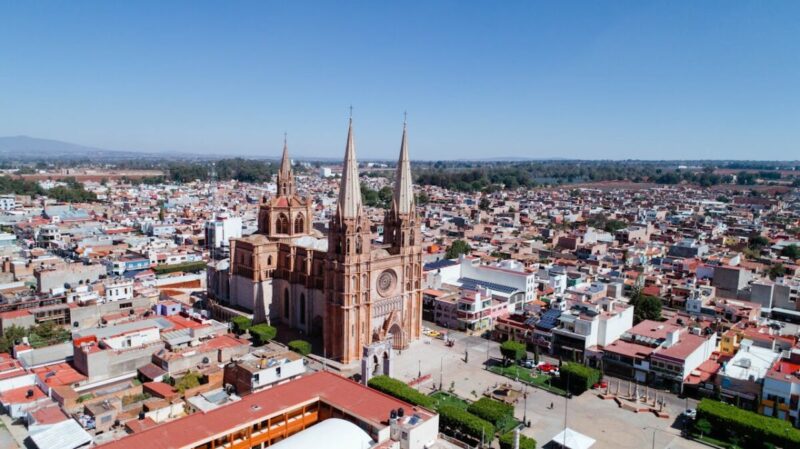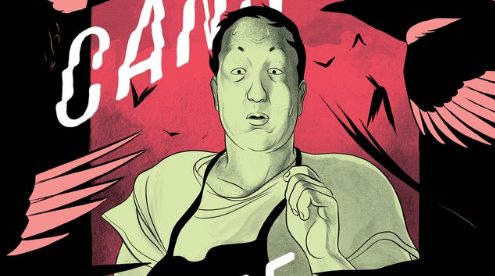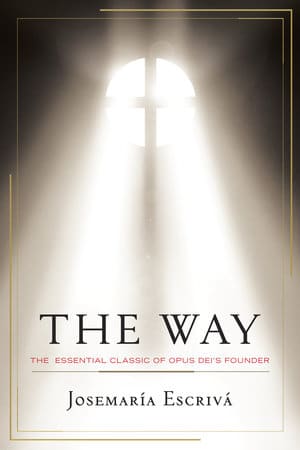Saint Pope Pius X 20thC
Saint Pope Pius X was born Giuseppe Melchiorre Sarto on June 2, 1835, and he died on August 20, 1914. He was Pope from August 4, 1903, until August 1914. Saint Pope Pius X is known for vigorously opposing modernist interpretations of Catholic doctrine and for promoting liturgical reforms and Thomist scholastic theology. He initiated the preparation of the 1917 Code of Canon Law, the first comprehensive and systemic work of its kind, which was ultimately promulgated by his successor. He was a knowledgeable bookworm and was dedicated to the Blessed Virgin Mary. Do you think he is among the greatest Popes ever?
Saint Pope Pius X Biography

Saint Pope Pius X was born in the Austrian Empire in 1835. He was the second of ten children. Saint Pope Pius X was baptised on June 3, 1835. Though poor, his parents valued education, and he walked to school 6-miles round trip each day. As Pope, he rejected any kind of favours for his family: his brother remained a postal clerk, his favourite nephew stayed on as village priest, and his three single sisters lived together in humble circumstances in Rome.
Saint Pope Pius X was nicknamed “Bepi” by his mother. He was an excellent student who focused on homework. In the evenings after sports or games with friends, he would spend ten minutes in prayer before coming home. He also served as an altar boy, a common practice for priests. By ten, he had finished the two elementary classes of his village school as well as Latin study with a local priest. After this, he had to walk four miles to Castelfranco Veneto for further classes. For the next four years, he would attend Mass before breakfast and his long walk to school. He often carried his shoes to make them last longer.
In 1850, he wrote to the Cardinal of Venice to get a scholarship to the Seminary of Padua, “where he finished his classical, philosophical, and theological studies with distinction.” On September 18, 1858, he was ordained a priest and became a chaplain at Tombolo. While there, Saint Pope Pius X expanded his knowledge of theology, studying Thomas Aquinas and canon law. In Tombolo, his reputation for holiness grew so much that some of the people call him “Don Santo.” It is no wonder he became a Pope.
In 1867, Saint Pope Pius X was named archpriest of Salzano. He restored the local church and expanded the hospital, the funds coming from his own begging, wealth, and labour. He won the people’s affection when he worked to assist the sick during the cholera outbreak of the early 1870s. He was appointed a canon of the cathedral and chancellor of the Diocese of Treviso..
In 1879, Saint Pope Pius X was elected vicar capitular to care for the diocese until the installation of a new bishop in June 1880. After 1880, he taught dogmatic theology and moral theology at the seminary in Treviso. On November 10, 1884, he was appointed bishop of Mantua by Pope Leo XIII. He was appointed to the honorary position of assistant at the pontifical throne on June 19, 1891. He needed papal dispensation from Pope Leo XIII before episcopal consecration, as he lacked a doctorate, making him the last pope without a doctorate until Pope Francis.
Pope Leo XIII made Saint Pope Pius X a cardinal of the order of cardinal priests in a secret consistory on 12 June 12 1893. He foretold that this young cardinal would one day become pope. In his role as a cardinal, Sarto held membership in the congregations for Bishops and Regulars, Rites, and Indulgences, and Sacred Relics. On August 4, 1903, on the fifth vote of the conclave, he was elected pope.
Papacy and Reforms

As Pope had several reforms. He led some church reforms on theology and reformed the Gregorian chant. He had some liturical reforms and wrote a new catecism. However, by far, were his contributions on canon law. He reformed the Roman Curia and led many complex political relationships with other states (it was the lead up to the first world war).
Conclusion
Saint Pope Pius X died on August 20, 1914, the day Germany marched into Brussels. Just moments before he died, Saint Pope Pius X is reported to have said: “Now I begin to think the end is approaching. The Almighty in His inexhaustible goodness wishes to spare me the horrors which Europe is undergoing. ” His sister, Anna, was praying at his bedside when Pius X died. The Pope’s last act of life was to kiss the little crucifix that he had clasped in his hands at around 1:15am. He was buried in a simple and unadorned tomb in the crypt below Saint Peter’s Basilica, but exhumed in 1944 and found incorrupt. He was cannonised in 1954.






